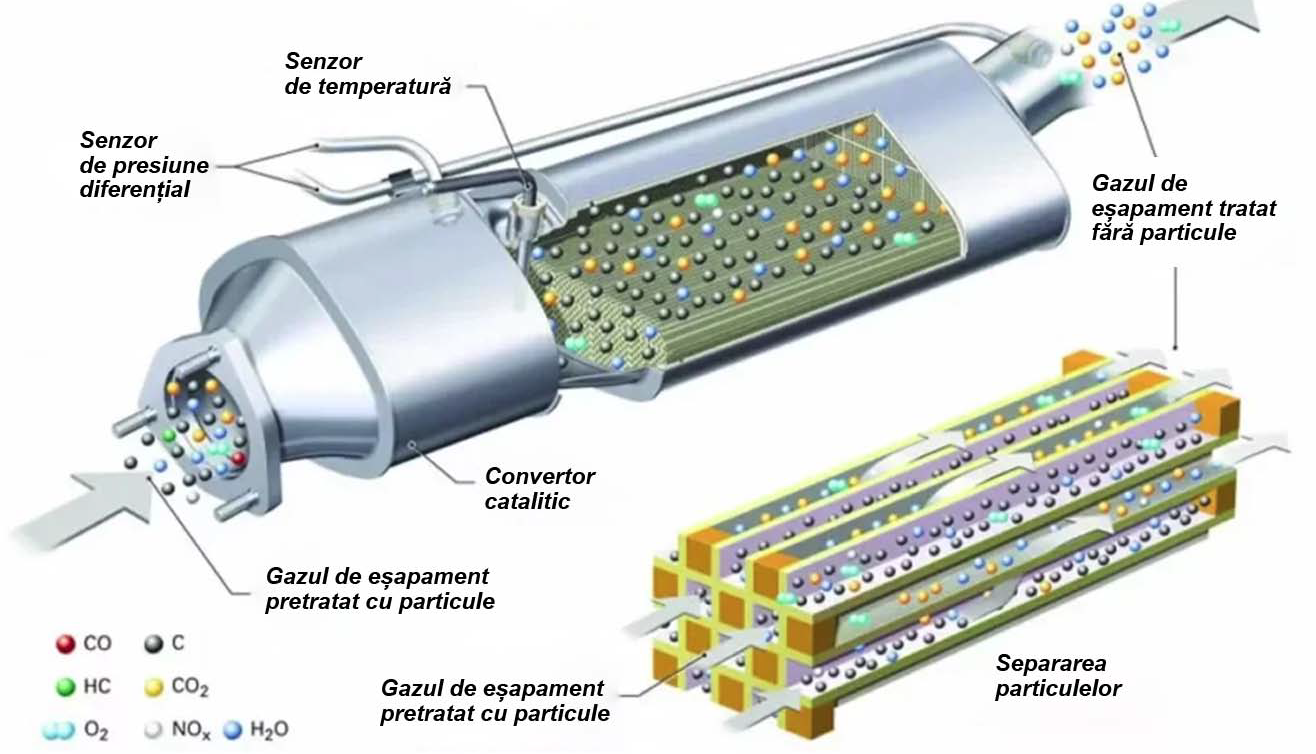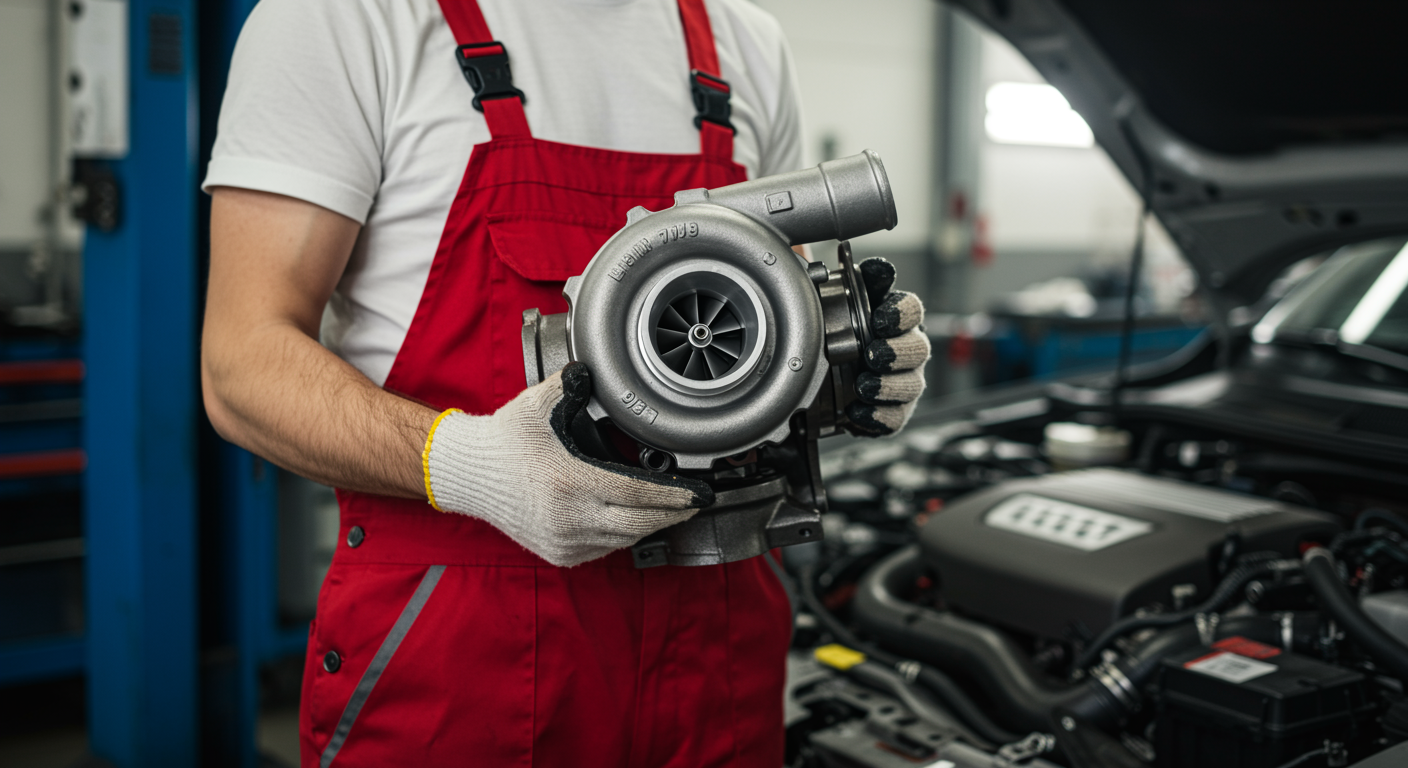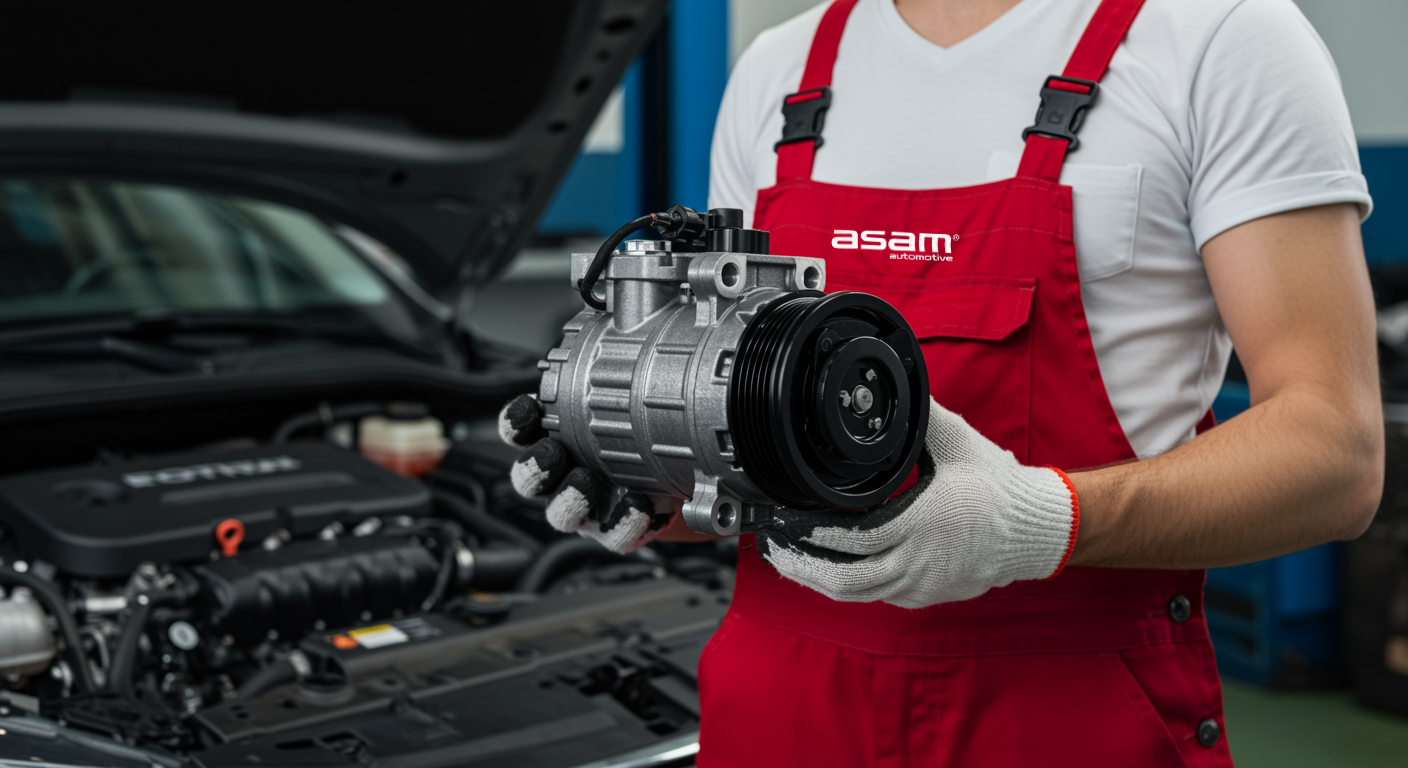
Diesel Particulate Filter
DPF (Diesel Particulate Filter), also known as Diesel Particles Filter, is an essential system for cars with diesel engines.
Main role of the particulate filter
The diesel engine produces carbon particles (PM – Particulate Matter) as a result of incomplete combustion of diesel fuel. The DPF captures these particles (including the finest PM2.5, dangerous to health), preventing their release into the atmosphere.
Why is it necessary?
Environmental protection. Diesel particles (PM) contribute to:
+ Urban smog, respiratory problems (asthma, bronchitis).
+ Global warming (through solar radiation absorption).
+ DPF reduces particle emissions by over 95%.

Legal compliance:
+ Euro 5 (since 2009) and Euro 6 (since 2014) emission standards impose very strict limits for diesel particles.
+ Without a DPF, the car cannot be approved and cannot pass inspection in the EU.
Public health:
+ The DPF plays a major role in protecting public health.
How does it work?
Exhaust gases pass through the porous structure of the DPF (Cordierite or Silicon Carbide), which traps the carbon particles.
Regeneration – When the filter accumulates large amounts of carbon:
+ Passive regeneration: At high speeds (e.g., highway), the high exhaust gas temperature burns the particles into CO₂.
+ Active regeneration: The car’s computer injects additional fuel to increase temperature and burn the deposits (activates at ~500°C).
Maintenance and common issues:
+ Very short trips: The engine does not reach optimal temperature, blocking regeneration.
+ Oil and fuel quality: Improper oil can clog the DPF.
What results from DPF regeneration?
The DPF regeneration process (active or passive regeneration) produces emissions, although much less toxic than unfiltered exhaust gases.
| Resulting substance | Origin | Impact |
|---|---|---|
| CO₂ (Carbon dioxide) | Oxidation of carbon from soot particles. | Contributes to the greenhouse effect, but is unavoidable in any combustion. |
| H₂O (Water) | Reaction between hydrogen in soot and oxygen. | Harmless – appears as white steam at the exhaust during regeneration. |
| NOx (Nitrogen oxides) | Very high temperatures (>600°C) in the DPF during the active phase. | Dangerous pollutants, but the SCR + AdBlue system reduces them (if the car is equipped with SCR). |
| Ultrafine particles (PN) | Residual ash fragments or nanoparticles resulting from combustion. | The riskiest, but in much smaller quantities than without a DPF. |



